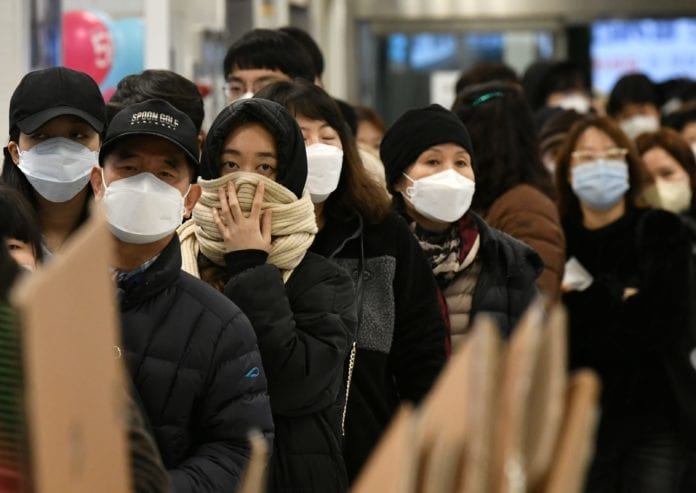It has been more than 6 months and we are still sitting at home, desperately waiting for any signs of hope. Who knew it was going to last this long? The pandemic is showing no signs of getting better. Cases are rising every day, and the global death count has crossed one million. In the midst of all this, there is a question plaguing us all – When will this pandemic end?
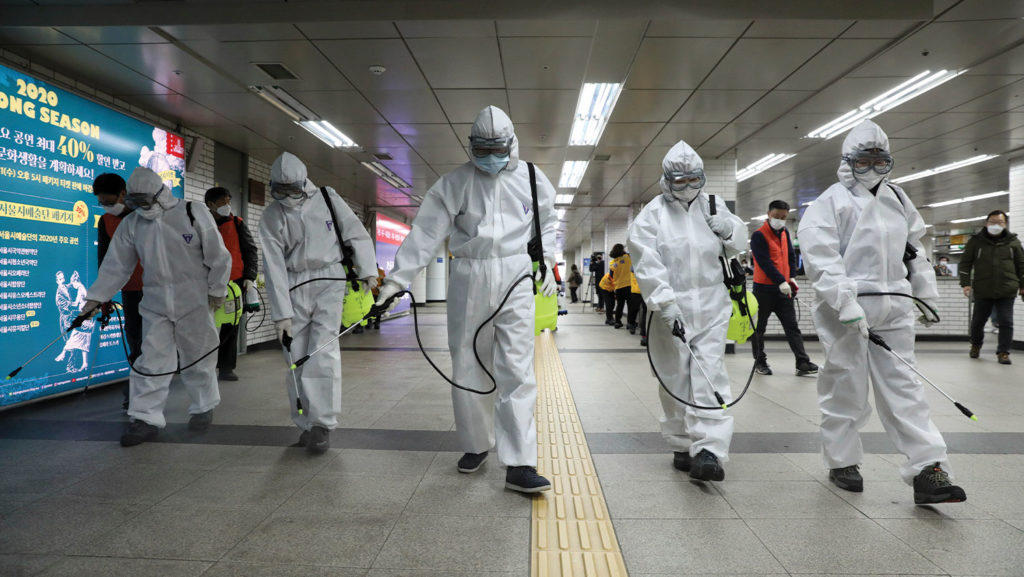
The story of swine flu and the 1918 flu pandemic.
When the swine flu struck in April 2009, it didn’t spread at a pandemic rate. This was because a vaccine was available when only 10% of the population of Earth had caught the virus. By the following year, the flu still remained, but it wasn’t spreading at an alarming rate.
A sufficient amount of the population was immune to it, either they had had the virus, or they had the vaccine. This means that even if they got infected, they had fewer chances of spreading it to other people or getting severe symptoms. Even though the virus did not go away in 2010, people had developed sufficient immunity towards it, and there wasn’t a pandemic.
The case of 1918 flu pandemic is different. It did not have a vaccine to prevent its outbreak. The virus went around unchecked. Even though people eventually developed herd immunity, it took longer without a vaccine as compared to the swine flu case. However, this came at a huge cost as well. A lot of people died worldwide due to the pandemic.
The interesting point to note here is that the coronavirus pandemic has a lot in similarity with the 1918 Pandemic, even in the way we deal with it. In spite of all the advances in technology and the healthcare system, our main weapons to fight the current pandemic are masks, taking care of victims, quarantine, social isolation, sanitization, etc, the same measures which were used during the 1918 outbreak.
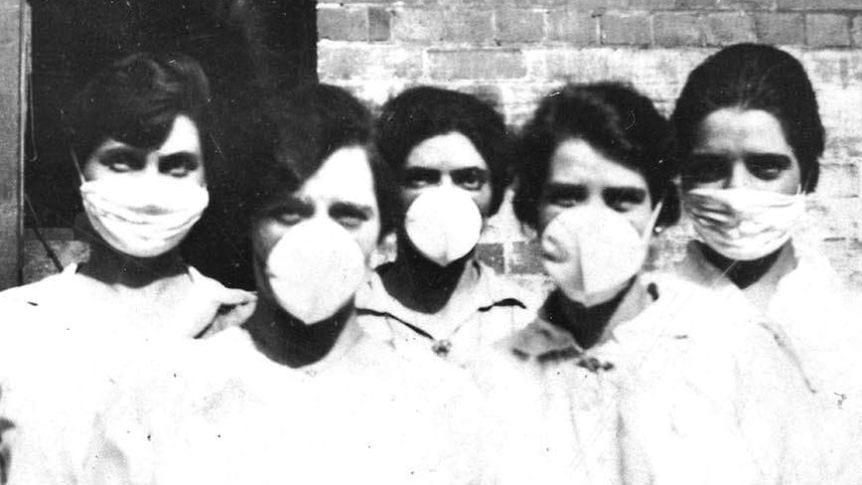
Influenza infected a third of the population of the world, but after three years, it came to an end. The threat of this flu had passed. This was the time when we had little understanding of the virus and we did not have the various research and development technologies we have today.
So the next question is, how and when will the coronavirus pandemic end?
The coronavirus pandemic
According to The Policy Gram on Instagram, there are two ways in which this pandemic could end.
The first way is reaching an epidemiological endpoint. This refers to a point at which sufficient people have developed immunity against the virus and large-scale transmission of the virus has decreased. This could either be achieved with a vaccine or without (as in the case of the 1918 flu pandemic).
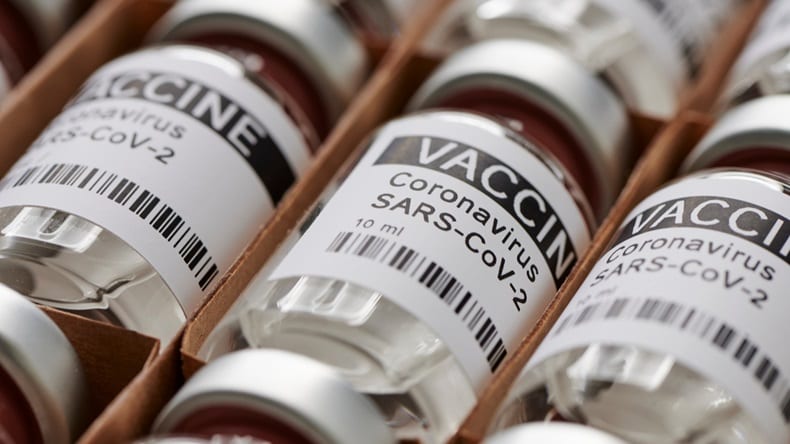
The second way is reaching a steady transmission to normalcy, which is an earlier endpoint of the pandemic. This includes the resumption of our earlier social practices, keeping the COVID-19 guidelines in mind. Rapid testing, improved healthcare, vaccination of most vulnerable sections, and so on are essential for this. In regions with stronger public health response, the pandemic will end earlier as compared to the epidemiological endpoint. By some estimates, some regions may achieve this by the end of 2021.
As far as achieving global immunity is concerned, out of 30 million global cases, one million have died and the rest have recovered, and hence have developed an immunity against the virus. Taking into account the fact that many cases aren’t recorded, as a lot of cases are asymptomatic, 90-300 million people around the world may have achieved immunity according to some estimates. However in most countries, less than 10% of the population has immunity against the virus, generally speaking.
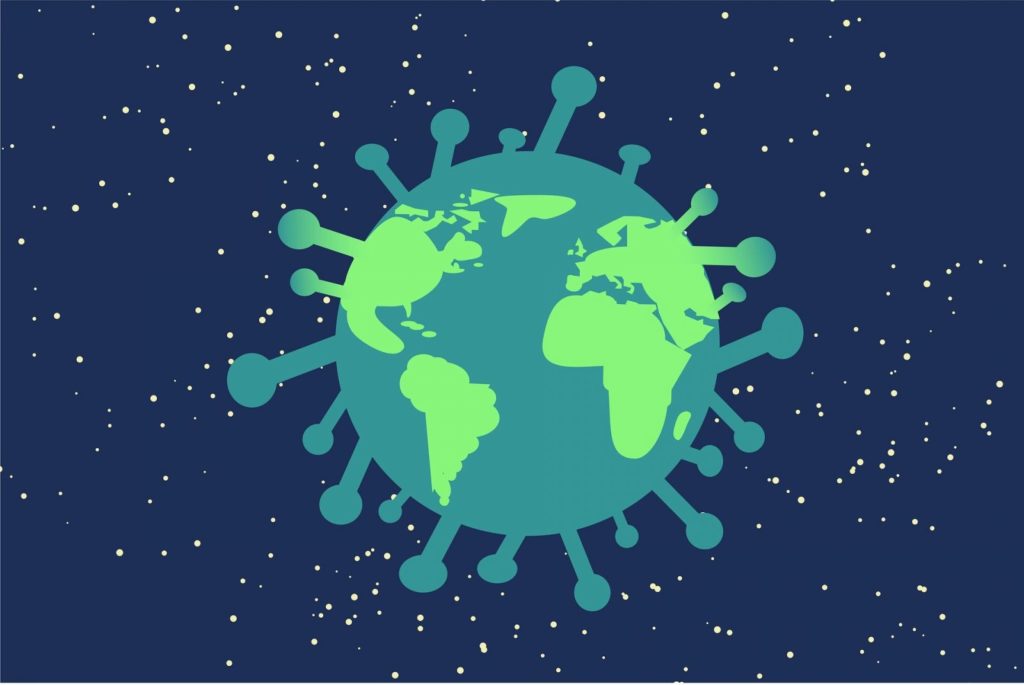
Talking about vaccines now, several vaccines are currently under development. Many have reached the third stage of trials. According to an estimate, vaccines that reach the third stage of trials have an 80% chance of being successful. But even after a successful vaccine is developed, manufacturing billions of doses and making sure it reaches everyone is a long process.
There are other complications involved as well. Transporting the vaccine overseas in cold temperatures is a difficult process. There is also a possibility that some sections of the population refuse to be vaccinated. Other than this, it is a possibility that regular or more than one dose of vaccine may be required to achieve the desired immunity. Also, vaccines which are currently under development are meant for adults, there are no vaccines for children.
The pandemic will not end with a bang. It will slowly die down. The virus may still stay for a few years even after the pandemic ends. This end is near though, and we need to hold on a little bit longer. It is not even our personal responsibility, but a responsibility towards others as well to help in controlling the pandemic. Everyone is advised to wear masks and follow all the necessary guidelines and help in ending this pandemic.
Further Reading:


